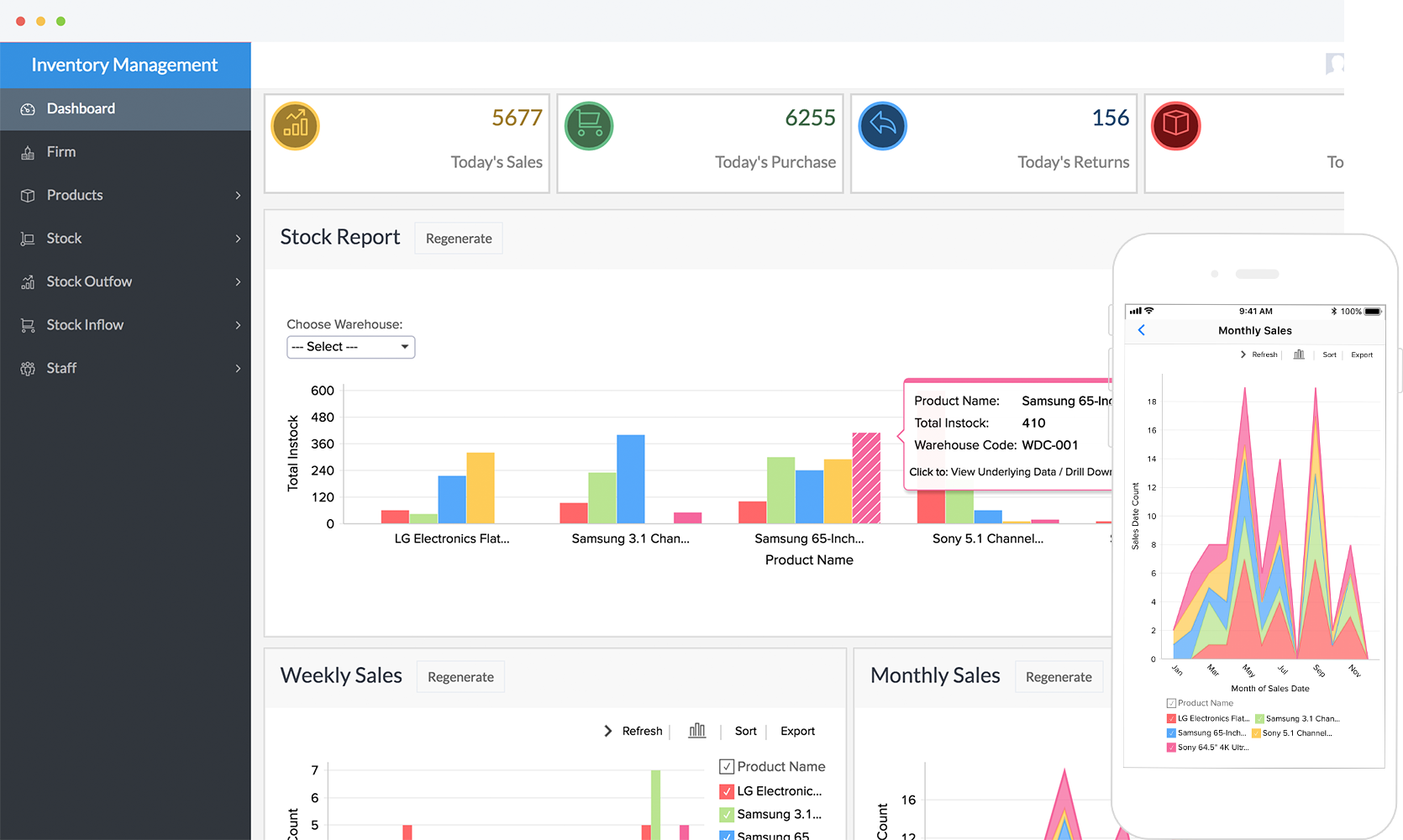

Inadequate reporting capabilities limit data-driven decision-making, forcing some retailers to resort to using Excel for insights. While it may seem tempting, retailers often discover that these systems lack the quality and functionality needed for sustained growth. Standalone inventory systems often offer long lists of features for a low cost. To achieve long-term scalability and reliability, businesses seeking growth should strongly consider investing in a dedicated inventory management system. Moreover, training new members on complex master spreadsheets poses challenges.
#Personal inventory management website update#
While experienced inventory managers can create spreadsheets with advanced formulas to track inventory, update order status, manage financials, and generate shipping labels, relying solely on spreadsheets becomes time-consuming and error-prone as your business expands.Ĭomplexity arises when managing multiple sales channels, inventory locations, or international expansion. Human error, on the other hand, is a significant weakness, as is the system’s time-consuming nature.įrom startups to larger brands, businesses of all sizes rely on spreadsheets as makeshift inventory management systems. The main strengths of this type of system are that it’s simple and inexpensive. For instance, they may wish to work out if and when to raise a purchase order with suppliers. The business owner then needs only to check the written record as and when required. Each sale and delivery get recorded in a ledger as it happens, to keep records up to date. In short, they keep track of inventory with a pen and paper. Many new or small retailers start with manual, low-tech solutions. That makes for better-informed future planning.

In general, perpetual systems allow a higher level of accuracy. These systems have a raft of advantages over the periodic alternative. Most retailers use a perpetual inventory management system of some kind.

Stock levels and associated reports get updated with every sale, delivery, or breakage. With perpetual systems, everything related to a firm’s inventory and supply chain gets tracked in real-time. The other principal type of inventory tracking solutions are the perpetual variety. This handy guide to inventory management and accounting can teach you all you need to know for both periodic and perpetual systems. There are also financial and reporting downsides to choosing periodic inventory management. Having to take either of those avenues will hurt your reputation with customers. When you don’t have enough inventory, you must refuse orders, or worse, fail to fulfill all the orders you do accept. Understocking is just as detrimental to operations. You’re also wasting critical warehousing space on that slow-moving stock. Overstocking means you have valuable inventory sitting idle. Both of these occurrences are hugely damaging to a business. For other firms, such an approach makes it far too easy for costly errors to arise regularly.įailing to track stock continually, for instance, can allow either overstocking or understocking. It’s only firms that hold and sell minimal volumes of inventory that can get away with a periodic approach. It’s generally only suitable for the smallest of retailers. Periodic inventory management is far from ideal. This is the only way to spot any discrepancies that could be damaging to the bottom line. Any decrease in inventory would need to match up with sales figures or wastage. They will typically also calculate the financial value of the stock, as well as raw materials on-site.Īt the point of each stocktake, an organization can check that inventory levels make sense. At that time, staff will check warehouses or storerooms, and count the units of inventory on hand. Companies count their stock at consistent but comparatively long intervals.Ī typical periodic system might see a firm perform a stock take every three or six months. In fact, the name ‘stock-taking’ is perhaps a better descriptor. This is what is probably best termed as ‘old-fashioned’ inventory management. In general, though, automated inventory systems fall into two categories: Each organization has its own needs and principals.
#Personal inventory management website how to#
Ensuring throughout that you know what you have, where it is, and how to manage it. It’s the process by which you track goods from one end to the other along your supply chain. Inventory management systems are your means of organizing all the elements that go into inventory management. In short, everything that impacts the resources you have at hand. It’s all about tracking stock, supplies, and sales. You’ve now got an overview of the basics of inventory management and how they’re part and parcel of your day-to-day operations.


 0 kommentar(er)
0 kommentar(er)
